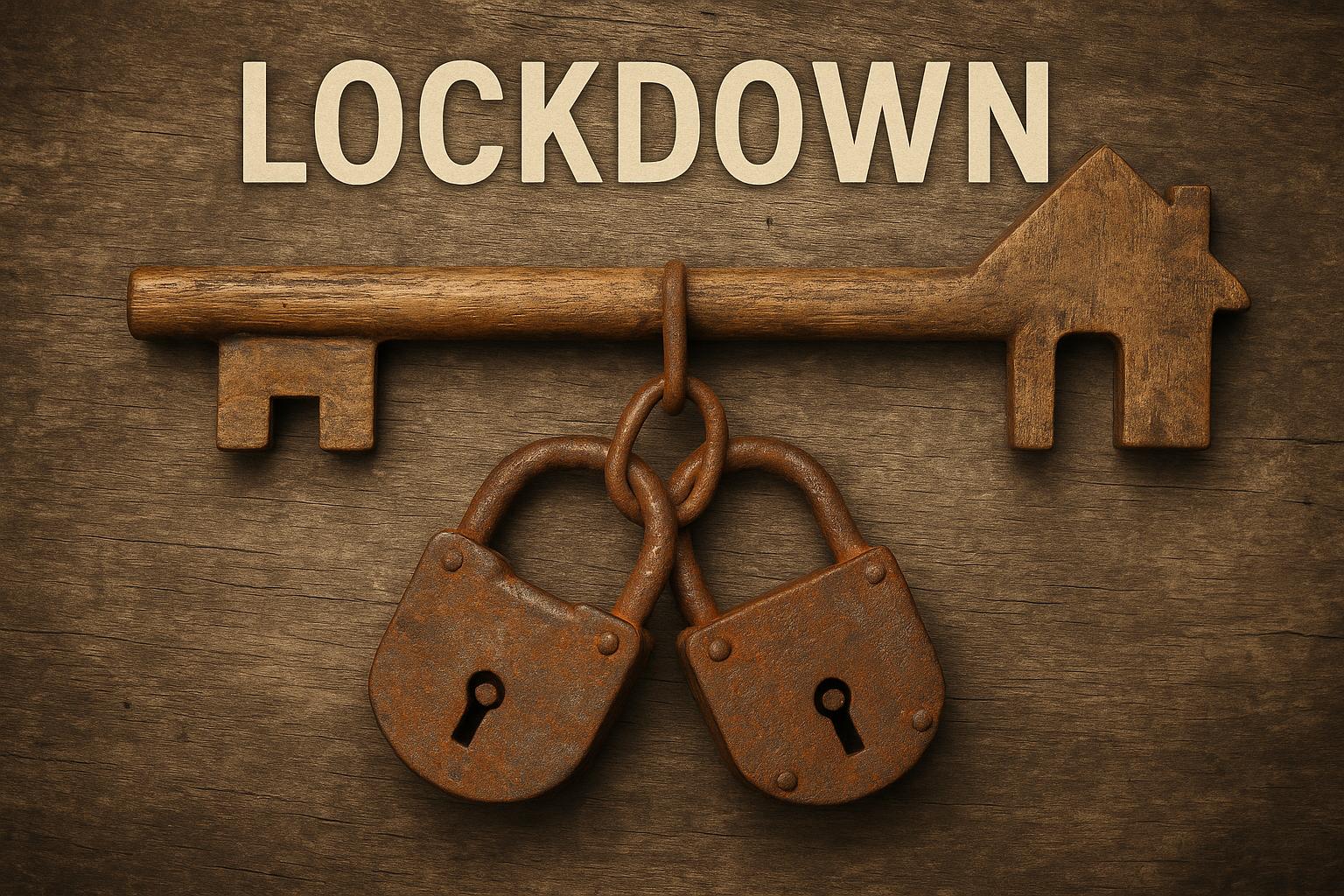Many homeowners in the UK are bracing themselves for potential new financial pressures as Chancellor Rachel Reeves prepares to unveil the latest Budget. Central to the unease is the growing speculation about the introduction of Capital Gains Tax (CGT) on the sale of primary residences—a move that would mark a significant shift in tax policy, as the main family home has traditionally been shielded from such levies.
Currently, buying and selling a home is not tax-free but is already subject to various taxes and fees. Upon purchasing a property, buyers pay Stamp Duty Land Tax (SDLT), which can amount to thousands or even tens of thousands of pounds depending on the property's value. For example, a home priced at £295,000 attracts £4,750 in SDLT, while a more expensive property costing £1.25 million may incur charges as high as £68,000. These payments yield no direct service or asset beyond the purchase itself. Furthermore, homeowners often engage multiple service providers during transactions—estate agents, solicitors, removal companies, surveyors—each charging fees often burdened with the UK's standard 20% VAT rate. This accumulation of taxes and fees already contributes substantially to government revenues.
Beyond these transactional taxes, the spectre of inheritance tax (IHT) looms for many. Estates exceeding £325,000, frequently anchored by the home itself, may face significant IHT bills, reducing the inheritance available to beneficiaries. Recent policy changes have also extended IHT to farmland valued over £1 million, and VAT surcharges have been applied to fees for private education, reflecting targeted attempts to raise taxes primarily affecting the middle classes.
The possible extension of CGT to primary residences has met widespread opposition among homeowners. A survey indicated that 97% of respondents were against such a tax, fearing it would discourage selling and thus inhibit the natural flow of the housing market. This reluctance to sell, especially by older homeowners reluctant to downsize due to tax penalties, could exacerbate the housing shortage by reducing the availability of existing homes for new buyers. The Labour party's justification for these measures often cites the need for those "with the broadest shoulders" to contribute more, but many argue that hardworking middle-class homeowners, who have saved prudently and contributed taxes over the years, are disproportionately burdened due to their inability to relocate assets offshore or access complex tax shelters.
If CGT were applied to primary residences, calculating the tax could become cumbersome. Many homeowners have held their properties for decades, during which inflation and home improvements significantly affect property values. The tax would have to account for factors such as inflation adjustments, renovations, and mortgage costs, making accurate gains calculations challenging. The existing CGT framework, primarily designed for businesses and investment properties, currently exempts main homes under Private Residence Relief (PRR), reducing the complexity and financial impact for most homeowners.
For properties other than the main residence, CGT rates vary between 18% for basic-rate taxpayers and 24% for higher-rate taxpayers. The tax is calculated on the gain after deducting allowable costs, such as estate agents’ and solicitors’ fees, which are also subject to VAT. Importantly, CGT must be paid within 60 days of completion of the sale to avoid accruing interest and penalties. HMRC has been increasingly vigilant and effective at pursuing unpaid CGT debts, adding to the financial and administrative stress for sellers.
The impact of these potential tax changes extends beyond individual finances to broader social and economic consequences. Imposing CGT on primary residences may lead to a slowdown in property transactions, thereby stifling social mobility and contributing to a stagnant housing market. Older homeowners may find themselves effectively trapped in homes that no longer suit their current needs, while younger families face increased difficulty acquiring suitable properties. The already significant burden of stamp duty surcharges on second homes and buy-to-let investments further compounds these challenges for property owners.
In summary, the proposed tax hikes threaten to add onerous costs and complexities to homeownership at a time when the housing market and household finances are already under strain. Critics argue that such policies disproportionately penalise the prudent middle classes, undermining homeownership and housing market vitality without necessarily generating the anticipated revenue to address the nation’s fiscal challenges.
📌 Reference Map:
- Paragraph 1 – [1], [4]
- Paragraph 2 – [1], [6], [7]
- Paragraph 3 – [1], [5]
- Paragraph 4 – [1], [7]
- Paragraph 5 – [1], [2], [3]
- Paragraph 6 – [1], [4], [2]
- Paragraph 7 – [1], [2], [6]
- Paragraph 8 – [1]
Source: Noah Wire Services
